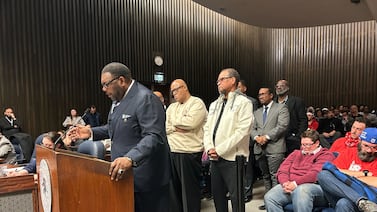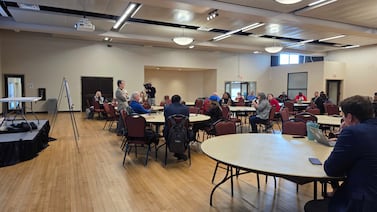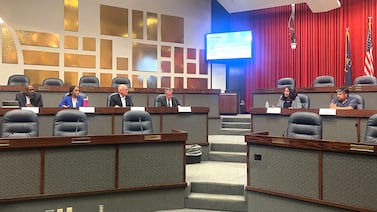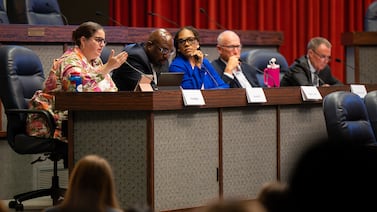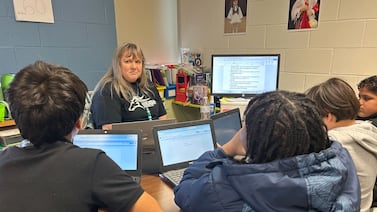Indianapolis Public Schools
State lawmakers will consider creating a new agency to oversee IPS schools and charters. Here’s a look at the history and powerful advocates behind that push for unified control over city schools.
The ILEA’s recommendations are heading to lawmakers, who see the potential to replicate many of them throughout the state but could be skeptical of giving mayors more power.
The 8-1 vote on the recommendations came amid increasing public pressure to retain the power of the elected school board over district buildings and transportation.
In a statement, the board said the move would be a ‘step toward unparalleled local accountability.’
The day before the ILEA votes on final recommendations to send to lawmakers, the mayor and superintendent announced five things they want to see in the final draft. But a plan for who oversees schools didn’t make their list.
The lawsuit claims that district policies supporting undocumented students violate state law.
The two proposals favored by the Indianapolis Local Education Alliance would dilute the power of the elected school board.
Once recommendations from the Indianapolis Local Education Alliance are finalized, they’ll head to state lawmakers.
Supporters of both charter and traditional schools worry a new governance structure would create more bureaucracy and fail to address academic issues.
The Indianapolis Local Education Alliance could make specific recommendations for key issues like funding, transportation, and the growth of public schools — or it could let state lawmakers fill in the blanks.
Charter school leaders have expressed support for some parts of recommendations advanced by the Indianapolis Local Education Alliance.
The ILEA will select its final recommendations for changing how local public schools are run to state lawmakers in a Dec. 17 vote.
The Indianapolis Local Education Alliance is meeting Dec. 3 to start narrowing down recommendations for changing who runs schools.
The 4 governance options unveiled at the group’s recent meeting range from a fully elected IPS school board to a fully appointed one.
Of the options that the Indianapolis Local Education Alliance could recommend, 3 of the 4 would shift power away from the current elected school board.
Proposed governance changes from the Indianapolis Local Education Alliance range from an elected IPS board that oversees both district and charter schools to an IPS board fully appointed by the mayor.
The Indianapolis Local Education Alliance has presented a slew of potential solutions for how to share school transportation and buildings. But a larger question looms: Who should govern charter and district schools?
Board members have floated the idea as a potential way to right-size the district, but have stressed they would not act on it without community input.
The new 2025-27 teacher contract bumps the minimum starting salary to $54,800.
Increased mayoral control over Indianapolis Public Schools and the city’s charters could mirror how schools are run in New York City and Washington, D.C. But would it work smoothly with Unigov?



